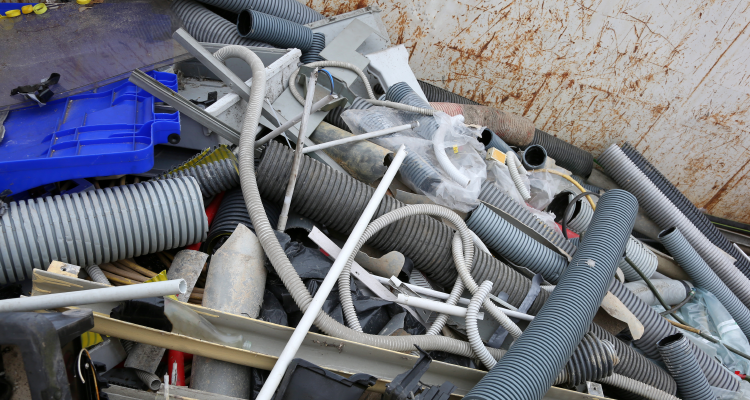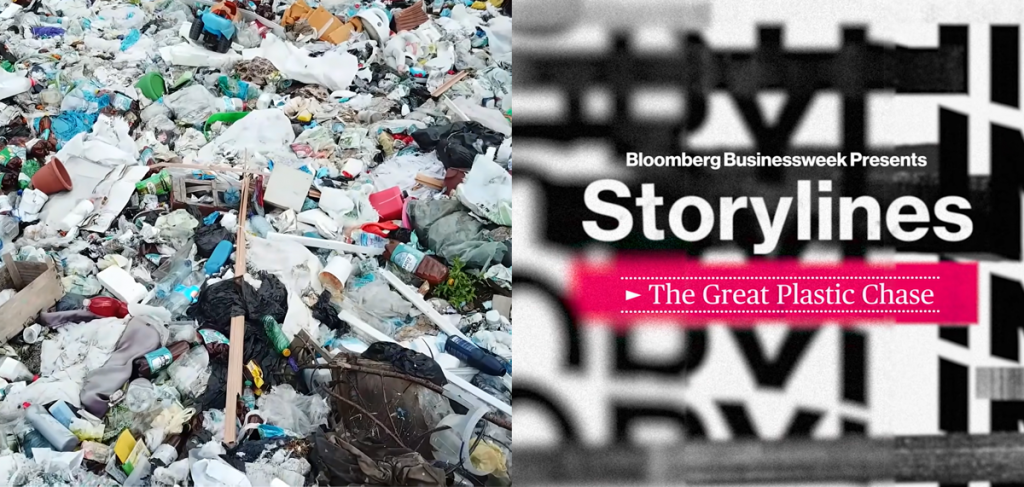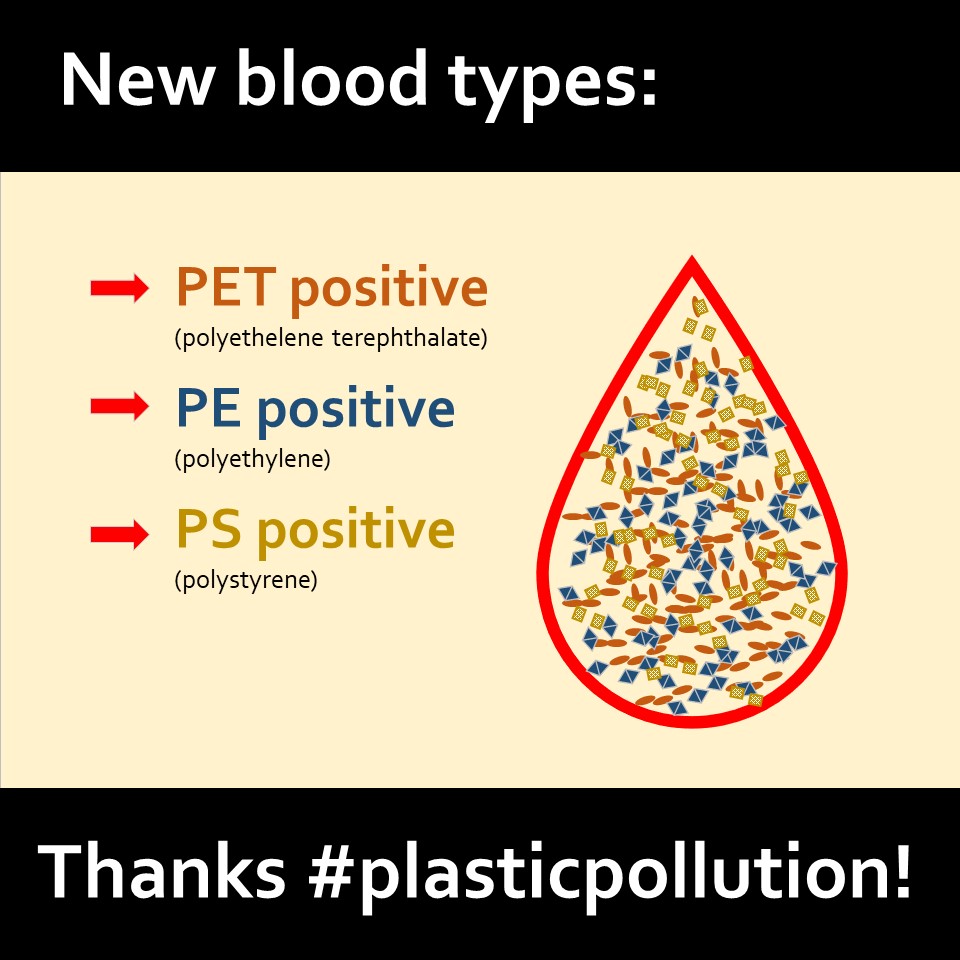Why Plastic Recycling is a Fail: It’s the Material

While it may be easy to produce, plastic building materials represent the antithesis of circularity and sustainability. Companies engineer these materials to be flexible, lightweight, and cheap to produce. They are in no way designed to be recycled, however.
The Lie of Plastic Recycling

The Lie of Plastic Recycling Bloomberg investigative reporter Kit Chellel put two trackers inside pieces of plastic and deposited them in recycling bins at 3 Tesco locations in the UK. The linked video provides a fascinating look inside a “hidden ecosystem that very few people have oversight of… dirty smelly places to be sorted and […]
Plastic Particles Found in Human Blood

Plastic Particles Found in Human Blood A Dutch team from Vrije Universiteit Amsterdam has published a study showing plastic particles can enter and circulate in human bloodstreams. The researchers found plastics in 77% of those tested, including polyethylene (PE), polyethylene terephthalate (PET), and polystyrene (PS), among others. The paper, “Discovery and quantification of plastic particle […]
Extended Producer Responsibility: A Problem for Plastics

Companies cannot continue ignoring the full impacts of the goods they produce, including depletion of unrenewable materials and pollution of the environment. Extended producer responsibility (EPR) considers these previously untracked financial and environmental costs and seeks to establish systems that will pay for them. Plastic has emerged as a prime focus of EPR initiatives. Here’s why…
Building Evolution – A Look at Materials, Part 2: Issues and Alternatives

Building Evolution – A Look at Materials, Part 2: Issues and Alternatives In our previous post, we discussed the risks associated with increased use of plastics for construction and interior furnishings. The adjacent diagram shows where plastic materials commonly appear in low-rise and multi-story commercial and multi-unit residential structures. (Click the image to view at full […]
Building Evolution – A Look at Materials, Part 1: Risk

Building Evolution – A Look at Materials, Part 1: Risk Over the past several decades, the materials used to construct and build commercial and multi-unit residential structures have changed significantly. In particular, the construction and interior furnishings industries increasingly use plastics instead of natural materials such as wood, metal, glass and natural fibers. A recent […]
